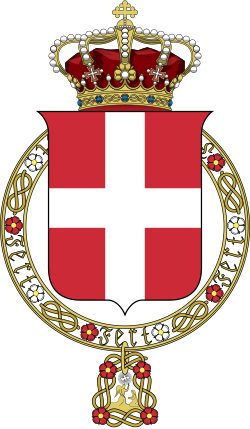Bonomi I government | |
|---|---|
| 56th Cabinet of Italy | |
 | |
| Date formed | 4 July 1921 |
| Date dissolved | 26 February 1922 |
| People and organisations | |
| Head of state | Victor Emmanuel III |
| Head of government | Ivanoe Bonomi |
| Total no. of members | 15 |
| Member party | PPI, PL, PLD, DS, PSRI |
| History | |
| Predecessor | Giolitti V Cabinet |
| Successor | Facta I Cabinet |
The Bonomi I government of Italy held office from 4 July 1921 until 26 February 1922, a total of 237 days, or 7 months and 22 days. [1]
